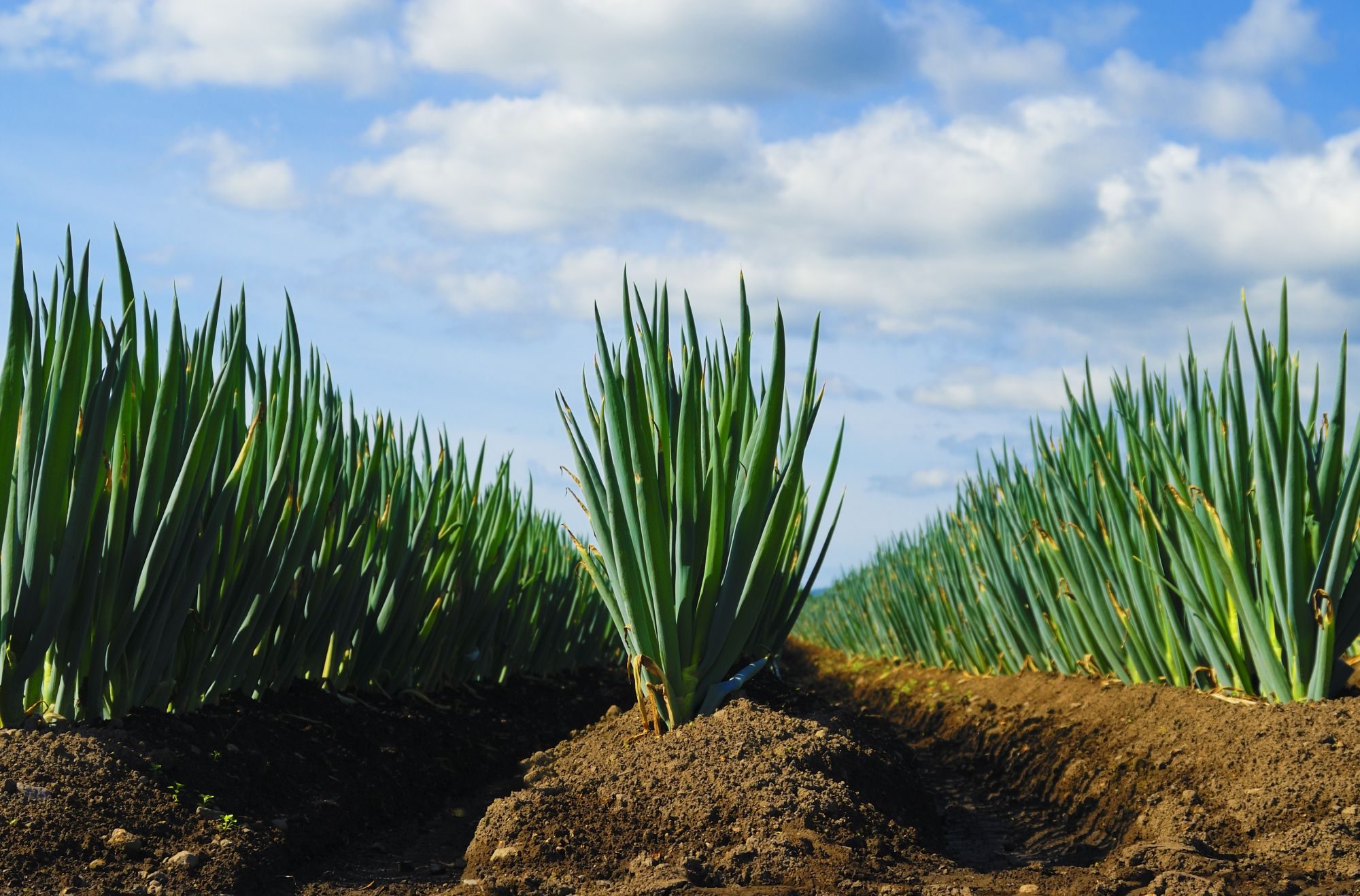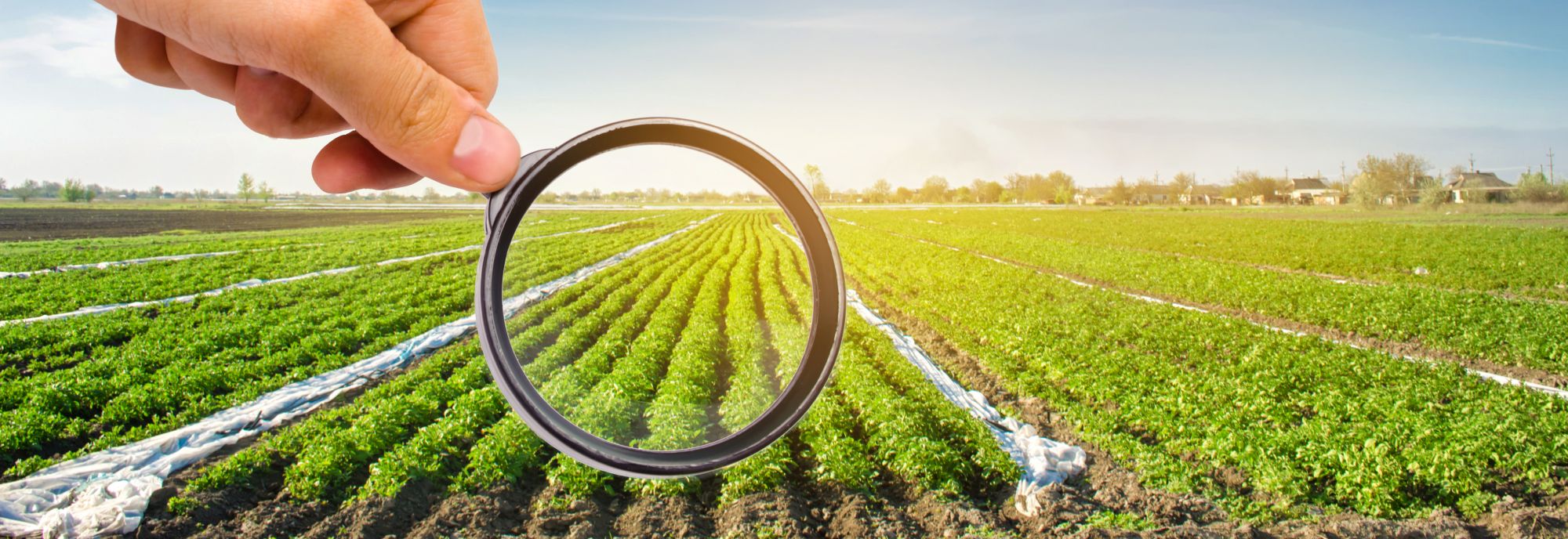Biosolids are nutrient-rich stabilized organic materials resulting from the treatment of domestic sewage in a water treatment facility. When treated and processed properly, biosolids are a beneficial resource, containing essential elements, beneficial plant microbes, plant essential nutrients, and rich organic matter.
Biosolids are carefully treated in accordance with strict regulatory requirements and regularly monitored to ensure compliance. Processed biosolids can be utilized in a variety of reuse applications. This includes fertilizer, soil amendments, or even in the production of renewable energy through anaerobic digestion.
Classes of Biosolids
All biosolids contain similar nutritional values but their physical properties and regulatory classification can vary widely. The monitoring and treatment of biosolids can take different forms, but the levels and extent of treatment are defined in the Federal Clean Water Act Part 503. This standard defines the extent of pathogen reduction required for biosolid reuse applicability. The more pathogens that are destroyed through the treatment process, the higher the standard of biosolids classification. The three main treatment classification standards are Class B, Class A, and Exceptional Quality. As biosolids achieve higher standards, they are less restrictive and can be utilized in more applications.
Class A biosolids must have pathogens reduced to virtually all non-detectable levels and comply with very strict standards for odors, metals, and vector attraction reduction. Class A biosolids are safe for residential home use for lawns and gardens and in agricultural applications. No permits are required for reuse when treated to this extent.
Class B biosolids are treated biosolids that contain higher levels of detectable pathogens than Class A biosolids. Class B biosolids require a permit from the Environmental Protection Agency (EPA) for land application or distribution. This classification of biosolids is most often used in agricultural land application as a source of nutrients and organic matter. However, recently the suitability of Class B biosolids for land application has become more scrutinized due to the negative effects that high-liquid or partially treated biosolids can have on the environment.
Class Exceptional Quality (EQ) biosolids represent the highest quality and rarest classification of any processed biosolid. An EQ biosolid not only meets the Class A treatment standards but exceeds all pathogen metal and vector attraction requirements. There are no use restrictions for Class EQ biosolids.
At KB Bioenergy all of our biosolids are treated to the Exception Quality standards producing the finest quality, safest material in the market today.

Are Biosolids Safe?
Biosolids are one of the most studied materials that have ever been regulated by the US EPA. Decades of studies have demonstrated that biosolids can be safely used in agricultural environments for the production of crops. In addition, the National Academy of Sciences reviewed current practices, public health concerns, and regulatory standards associated with biosolids and has concluded that when practiced in accordance with existing federal guidelines and regulations, the use of biosolids in the production of crops for human health consumption present negligible risk to the consumer, to crop production, and to the environment.
In fact, when used properly and processed appropriately, biosolids offer tremendous environmental benefits. Certain biosolids have properties that can bind up lead bioavailability and even help to better retain nutrients in soils reducing threats to ground and surface water. Biosolids can also act as a means to improve soil quality and offer a wide array of environmental benefits, including improved water quality protection and carbon sequestration.

Heavy Metals
Biosolids do have a stigma of containing high levels of metals. Heavy metals were a concern when the land application of biosolids began in the 1970s. However, there have been significant advancements in sewer infrastructures, reductions in industrial discharge, and strict regulatory compliance standards for wastewater treatment plants geared towards reducing metal concentrations. Today, metal concentrations in treated biosolids are typically low and pose no risk to human health or the environment. In fact, extensive research has shown that the metal concentrations in biosolids are on par with those found in naturally healthy soils. Additionally, metals play a vital role as vital micro nutrient sources for plant performance which are regularly consumed overtime by healthy thriving plants.

Further Reading
To learn more about biosolids, check out the links below:
https://lystek.com/what-are-class-a-class-b-biosolids/
https://catalog.extension.oregonstate.edu/sites/catalog/files/project/pdf/pnw508_0.pdf
